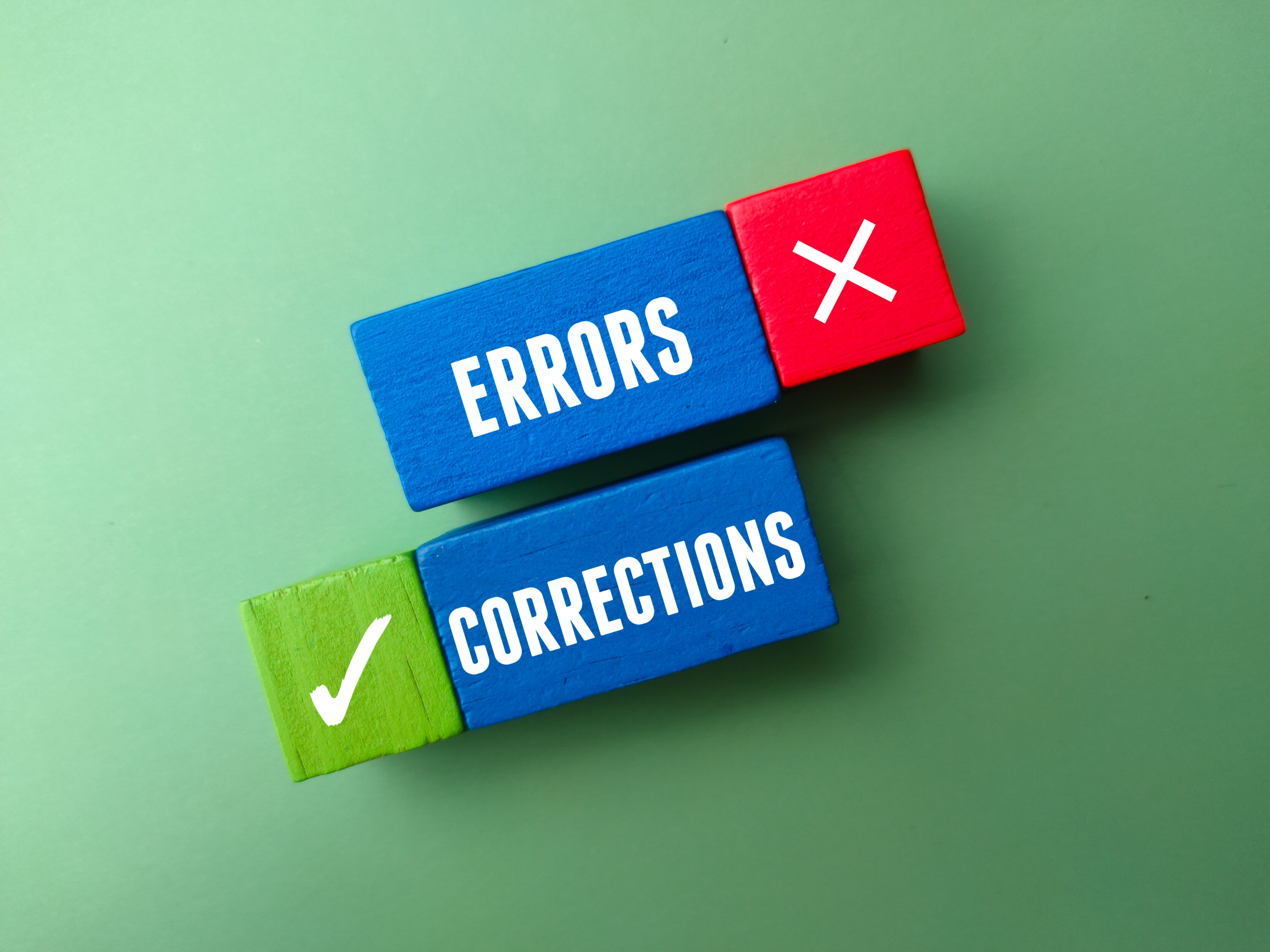Manufacturing Nonconformances –How to Prevent Them
Although modern manufacturing set-ups are often very high-tech in nature, many manufacturing companies still suffer from manufacturing nonconformances with products leaving their production line with identifiable quality defects and issues. Inspecting those products reveal that they cannot be shipped to customers as they don’t meet the specifications.
Employees on the shop floor also sometimes use production methods that don’t conform to what is specified by industry standards. Those non-standard practices can also lead to defective products.
What Are Nonconformances in Manufacturing?
Manufacturing nonconformances are products that don’t meet specifications established by regulators or manufacturers. Nonconformances are however not only defective physical products. The term also refers to when production processes don’t align with approved work instructions or standard operating procedures (SOPs).
In this article, we’ll look at what drives nonconformances across processes and products, and how manufacturers can prevent getting on the wrong side of mandatory regulatory and standards bodies.
You may also be interested in learning how to manage Construction Nonconformances.
The Impact of Nonconformances on Manufacturing Operations
Nonconformances are a significant problem for manufacturing businesses across all industries. When workers use non-standard practices, they will likely create finished products that don’t meet the specifications defined in the master record of the device.
This results in manufacturing companies facing significant operational setbacks. The brand’s public reputation can for example be damaged if it makes and distribute defective products to its customers.
The cost of nonconformance due to fines levied by regulators can also set a manufacturing business back significantly. In addition, rectification measures and recalls increase production costs and wastes valuable production time.
In a manufacturing environment, nonconformances can be classified into one of two categories – minor and major. Manufacturers distinguish between these categories depending on how big an impact the issue has on the organization and/or production.
The category is identified while examining the rate of recurrence and the ease of detection. The distinction also involves exploring the difficulty and scope of recommended rectification steps.
Difference Between Corrective Actions and Nonconformances
You need to understand the differences between corrective actions and nonconformities to ensure consistent use and understanding of your quality management system. As mentioned before, a nonconformance happens when the product itself or a production process does not meet a specific requirement (i.e., defined organizational processes, customer requirements, or regulatory standards).
On the other hand, corrective actions are the actions a business takes to identify the root cause of a problem that may lead to nonconformances. Corrective actions are often used in the context of CAPA (Corrective and Preventive Actions), the methodology that is used to identify the source of a quality problem and take steps to ensure the issues don’t occur again.
Minor nonconformances
This type of nonconformance doesn’t happen in manufacturing often. When it does however, it is easily detected it can be addressed quickly.
These isolated incidents are often easy to solve, allowing production processes to continue virtually uninterrupted. This means that these kinds of nonconformances seldom land up at the customer.
Although they may seem inconsequential, this type of nonconformity can hamper an organization’s ability to fulfil the required standards.
Major nonconformances
Manufacturing nonconformances that are classified as “major” are often very challenging to isolate and identify. They happen often and are therefore a significant inhibitor of productivity and a nuisance. This also so means they can easily land up at a customer, creating an environment conducive for customer complaints.
These types of nonconformities can impact the entire business and manufacturing process negatively. Not adhering to critical standards set by FDA or ISO can led to increased waste and costs, detrimental public relations, and hefty fines.
If allowed to continue unchecked, major nonconformances will eventually affect manufacturing operations adversely.
Manufacturing Nonconformances Examples
Identifying and reducing nonconformances from happening across operations is made significantly easier if you understand what types of issues to watch out for to. Some of the most common nonconformances we see in the industry include:
Unauthorized changes to key documents – Documents such as SOPs and work instructions are crucial to defining the processes that must happen during production. It is crucial that manufacturers can manage and track the changes to these documents to show that the final product meets the requirements and specifications of regulatory bodies and industry standards.
Issues that affect production significantly – This type of issue includes human error or equipment or machines malfunctioning, thereby impacting product quality negatively.
Failing to implement corrective action – When a CAPA is done, it is critical that the corrective action is implemented so that the root cause of the quality issue is not repeated in the future. Failing to implement a recommended corrective action will most likely lead to further nonconformances.
Deviation from specifications and requirements – Deviations from required specifications can be detrimental and costly to a manufacturing business, especially in industries where compliance with regulatory standards is mandatory. Manufacturers must be sure that their products meet the regulatory requirements defined as deviations may cause safety and health issues for consumers.
Lost or misplaced documents – It is crucial for manufacturers that they be able to access and distribute key documents to prove compliance as required.
How To Handle Manufacturing Nonconformances
To address nonconformances you need to identify the problem, fix it, and ensure that it won’t happen again.
Here is a short summary of the process:
- Identify the root cause: Identifying the root cause of the non-conformance to specifications and standards is a major step to get back on track. A root cause analysis will enable a manufacturer to get to the bottom of the problem.
- Document all steps: Quality managers should create and implement documentation that provides detailed information about the nonconformance. This includes documents on the issue, actions recommended, materials, equipment, and disposition.
Documents should also include signatures of the relevant employee and refer to work instructions and standard operating procedures where applicable.
- Evaluation of the nonconformity: This entails determining the requirement for investigation. If a similar problem has happened in the past, an investigation may not be needed. Corrective and preventive action should however be taken to prevent the nonconformance from recurring.
The individuals responsible should also be informed. Details uncovered during this stage should also be documented.
- Segregate defective products: Defective product should be segregated in a controlled area to prevent it from slipping into normal distribution.
- Dispose of nonconforming product: If the nonconformance is a minor cosmetic issue, the product can be used as-is. Manufacturers should however scrap defective products that are not usable. They can alternatively be reworked or repurposed for a different function.
Manufacturers often revert to earlier product versions while searching for a solution.
Preventing Nonconformances in Manufacturing
To prevent their business from incurring the nonconformance cost, manufacturers should:
- Train their employees to ensure that they understand and follow compliant practices.
- Follow SOPs (standard operating procedures) for their production processes.
- Crosscheck process and product standards against audit checklists.
- Test products coming off the production line regularly before dispatching them.
Using Digital Solutions to Manage Manufacturing Nonconformances
Traditional paper-based conformance practices are no longer very effective in a smart and fast-paced manufacturing industry. Digital tools have instead become the norm in modern manufacturing plants.
Those software tools make the documentation process so much more efficient and manageable. Digital solutions for example make is easy to store and access documents from anywhere, allowing a team to collaborate and align with their unique operations.
Digital systems also allow detailed quality event descriptions, and many go as far as enabling rich media uploads for additional detail. They also provide better accountability and traceability by requiring names and signatures of individuals that file nonconformance reports and perform the various steps required.
Advanced digital systems also have analytic capabilities, providing additional insight into the overarching operations of a quality management system.
This article will explain how you can create a nonconformance report.



